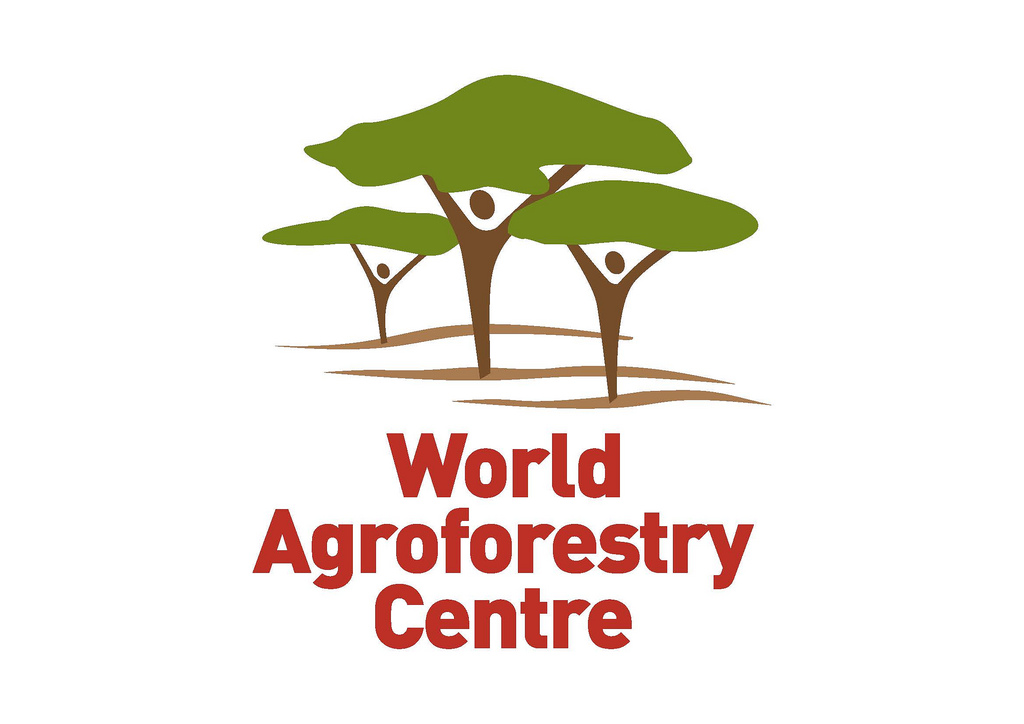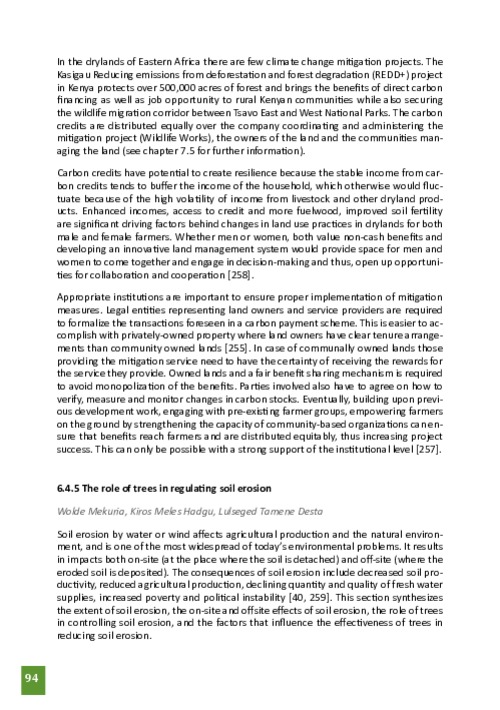Location
The World Agroforestry Centre (ICRAF) is a CGIAR Consortium Research Centre. ICRAF’s headquarters are in Nairobi, Kenya, with six regional offices located in Cameroon, China, India, Indonesia, Kenya and Peru.
The Centre’s vision is a rural transformation throughout the tropics as smallholder households increase their use of trees in agricultural landscapes to improve their food security, nutrition security, income, health, shelter, social cohesion, energy resources and environmental sustainability.
ICRAF's mission is to generate science-based knowledge about the diverse benefits - both direct and indirect - of agroforestry, or trees in farming systems and landscapes, and to disseminate this knowledge to develop policy options and promote policies and practices that improve livelihoods and benefit the environment.
The World Agroforestry Centre is guided by the broad development challenges pursued by the CGIAR. These include poverty alleviation that entails enhanced food security and health, improved productivity with lower environmental and social costs, and resilience in the face of climate change and other external shocks.
ICRAF's work also addresses many of the issues being tackled by the Sustainable Development Goals (SDGs) that aim to eradicate hunger, reduce poverty, provide affordable and clean energy, protect life on land and combat climate change.
Members:
Resources
Displaying 86 - 90 of 146An applied information economics approach to assessing resilience in the Horn of Africa
The role of trees in regulating soil erosion
Book Chapter on the role of trees in regulating soil erosion
Trees on farms: an update and reanalysis of agroforestry’s global extent and socio-ecological characteristics
Agroforestry, the inclusion of woody perennials within farming systems, has been widespread throughout the tropics as a traditional land use developed by subsistence farmers and, more recently, as an important livelihoods’ option promoted by land-use managers and international development agencies. Agroforestry systems range from subsistence livestock and pastoral systems to home gardens, alley intercropping, and biomass plantations with a wide diversity of biophysical conditions and socio-ecological characteristics.
An Agroforestry guide for field practitioners
Over the past several decades, DRP Korea has suffered from extensive land degradation leading to the loss of livelihoods causing increased food insecurity. To restore degraded sloping land, the Ministry of Land and Environmental Protection of DPR of Korea (MoLEP), the Swiss Agency for Development and Cooperation (SDC) and the World Agroforestry Centre (ICRAF), have been promoting the multi-purpose use of trees to transform landscapes and livelihoods using a participatory approach.





